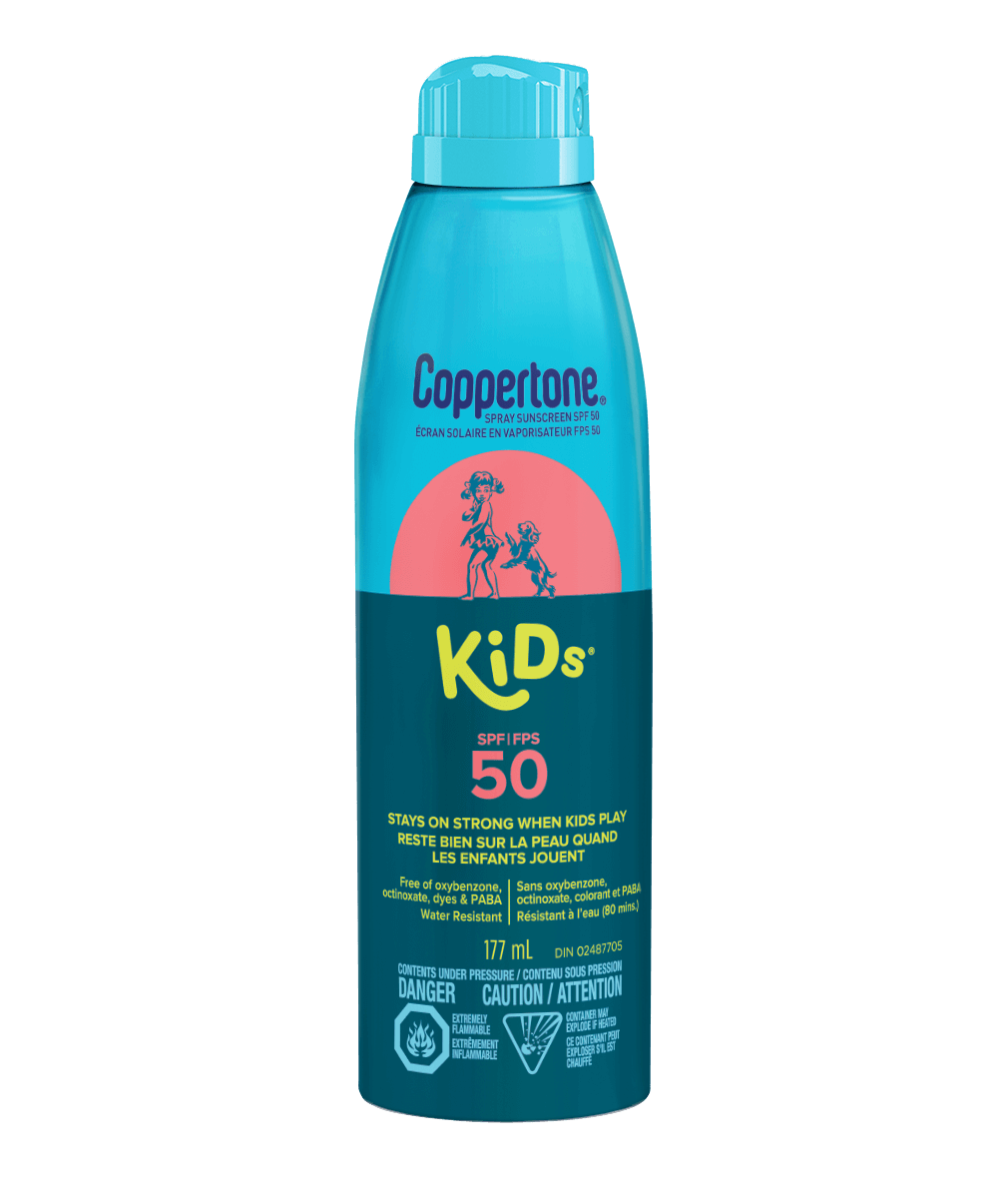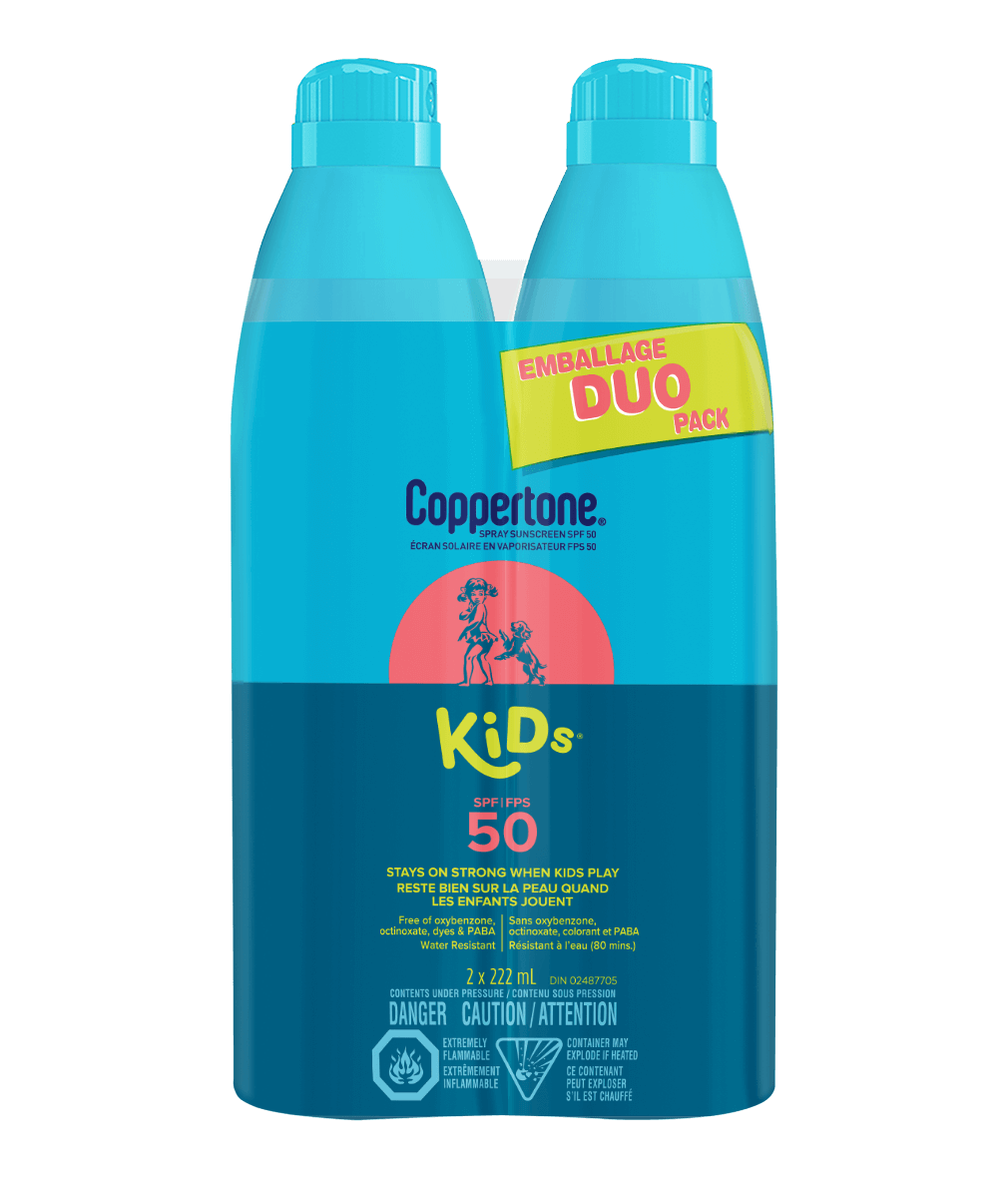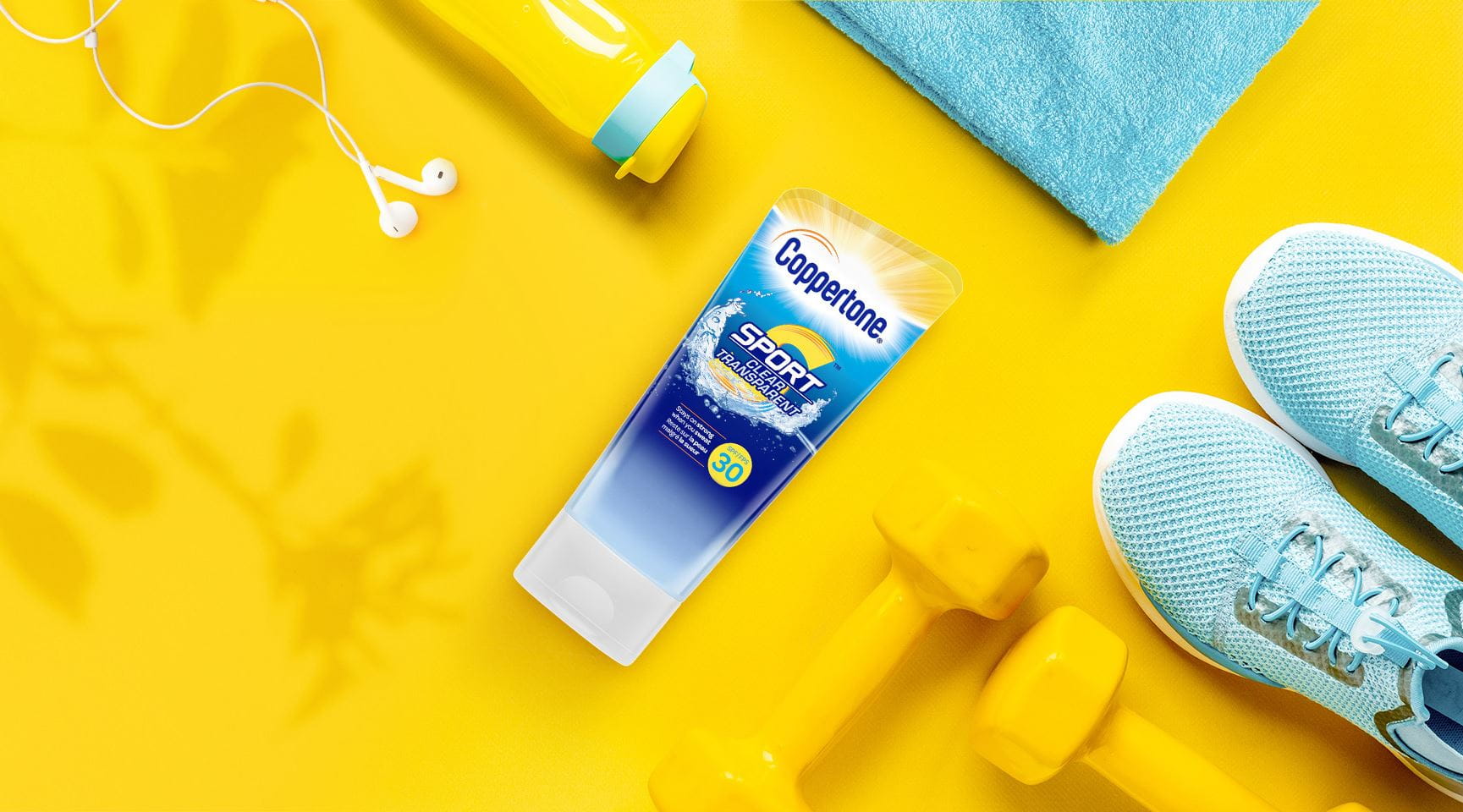-
What is UV radiation?Ultraviolet is part of the electromagnetic (light) spectrum that reaches the earth from the sun. It has wavelengths shorter than visible light, making it invisible to the naked eye. These wavelengths are classified as: UVA, UVB or UVC (UVC is absorbed by the ozone layer and doesn’t reach the earth) (Source 1).
-
What is the difference between UVA and UVB rays?Ultraviolet A (UVA) rays penetrate more deeply into the skin and are responsible for premature aging and contribute to the development of skin cancer, while Ultraviolet B (UVB) are responsible for sun burn. UVA rays account for up to 95 per cent of the UV radiation reaching the Earth's surface. Although they are less intense (less energy) than UVB, UVA rays are 30 to 50 times more prevalent. They are present with relatively equal intensity during all daylight hours throughout the year, and can penetrate clouds and glass (Source 2).
-
What does SPF mean?All sunscreens are labelled with a sun protection factor (SPF). This number represents a sunscreen’s ability to help protect against sunburn (Source 3). For example, using an SPF 15 sunscreen will take 15 times longer to cause sunburn versus not using a sunscreen. The Canadian Dermatology Association recommends using a sunscreen of SPF 30 or higher.
-
What is broad spectrum and how important is that in a sun screen?Sunscreens that are labelled "broad-spectrum" help protect against both UVB and UVA rays. Spending time in the sun increases risk of early skin aging and skin cancer. To decrease this risk, regularly use sunscreens with a Broad Spectrum SPF value of 15 or higher in addition to other sun protection measures including: Limit time in the sun, especially from 10am-2pm (Source 4), wear protective clothing (long-sleeved shirts, pants), hats, and sunglasses.
-
Why aren’t we all using SPF 100?Dermatologists recommend using a sunscreen with an SPF of at least 30, which screens up to 97 per cent of the sun’s UVB rays. Higher-number SPFs screens slightly more of the sun’s UVB rays, but no sunscreen can screen 100 percent of the sun’s rays. Currently, there is not any scientific evidence that indicates using a sunscreen with an SPF higher than 50 can protect you better than a sunscreen with an SPF of 50. For this reason, sunscreen products registered in Canada after 2013 can have a maximum SPF value of 50 +. (Source 5)
-
How do sunscreens work?Sunscreens ability to protect is based on three key factors: SPF,UVA and UVB protection (sunscreen actives), and attributes of formulation like water resistance, sweat resistance. Sunscreen acts as a physical barrier against UVA and UVB rays. While sunscreens protect skin against damaging effects of UVA and UVB rays, they do not screen 100 per cent of UV radiation (Source 5).
-
What are the peak sun hours to avoid?You should always be protected from the sun, especially from 10am to 2pm from late spring to early fall (Source 6). and during winter if you are involved in outdoor activities. The sun's rays are strongest around midday, so try to avoid exposure around that time.
-
Does sunscreen expire?Yes, sunscreen has an expiry date. The product has undergone stability testing to establish its shelf life. We do not recommend the use of an expired sunscreen. The expiry date can be found on all cans and lotion bottles (Source 7).
-
Should I wear sunscreen all day?Yes. The sun’s rays can penetrate light clouds, mist or fog (Source 8).
-
How much sunscreen should I use?To help ensure that you get the full SPF of a sunscreen, users should generally apply at least one oz – about a shot glass full (Source 9). Sunscreens should be applied generously and evenly 15 minutes before sun exposure to allow the ingredients to fully bind to the skin (Source 9). Reapplication of sunscreen is just as important as putting it on in the first place, so reapply the same amount at least every two hours. Sunscreens should also be reapplied after swimming, toweling off, or sweating a great deal (Source 9).








